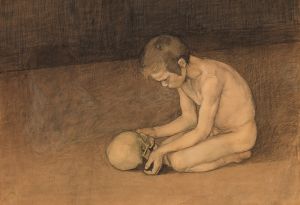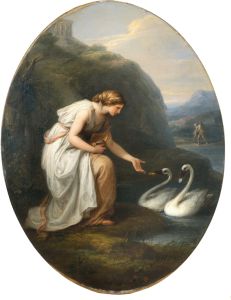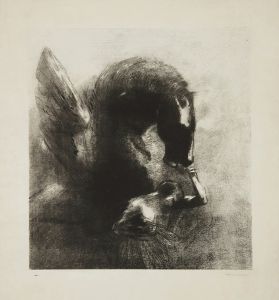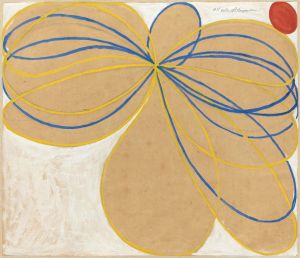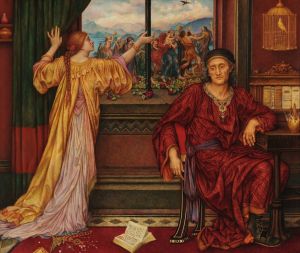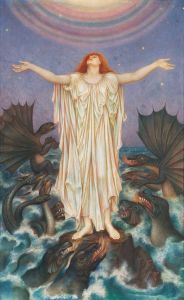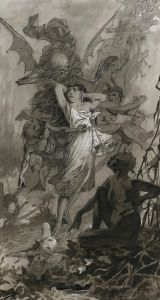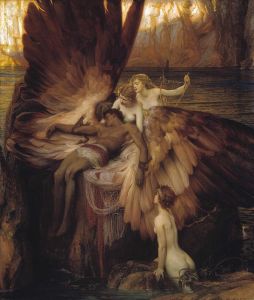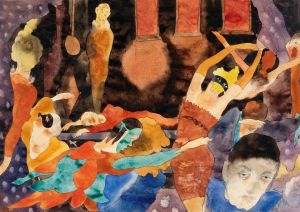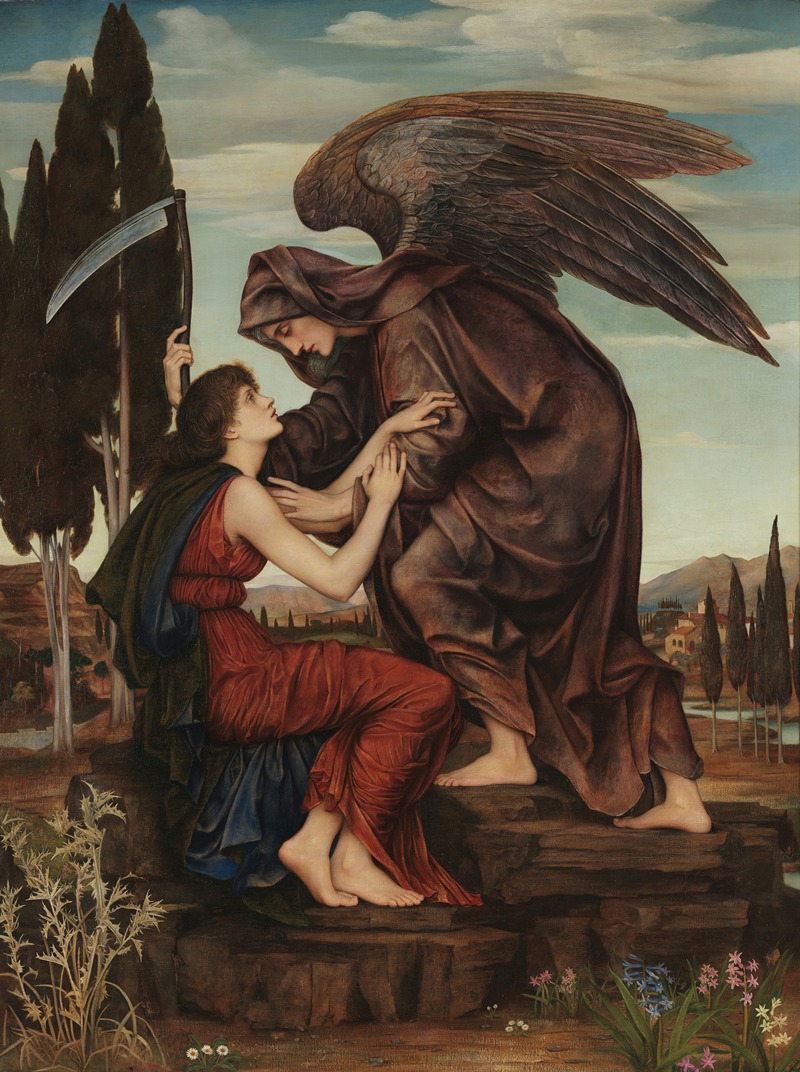
Angel of death
A hand-painted replica of Evelyn De Morgan’s masterpiece Angel of death, meticulously crafted by professional artists to capture the true essence of the original. Each piece is created with museum-quality canvas and rare mineral pigments, carefully painted by experienced artists with delicate brushstrokes and rich, layered colors to perfectly recreate the texture of the original artwork. Unlike machine-printed reproductions, this hand-painted version brings the painting to life, infused with the artist’s emotions and skill in every stroke. Whether for personal collection or home decoration, it instantly elevates the artistic atmosphere of any space.
Evelyn De Morgan's Angel of Death is a painting created by the British artist Evelyn De Morgan (1855–1919), a prominent figure associated with the Pre-Raphaelite movement and Symbolism. Known for her allegorical and spiritual themes, De Morgan often explored subjects such as mortality, the afterlife, and the human soul in her works. Angel of Death is one such painting that reflects her fascination with these profound topics.
The painting depicts the Angel of Death, a figure traditionally associated with the end of life and the transition to the afterlife. In De Morgan's interpretation, the angel is portrayed with a serene and compassionate demeanor, emphasizing the spiritual and transformative aspects of death rather than fear or finality. The figure is often shown with wings, a common symbol of transcendence, and is surrounded by an ethereal atmosphere that underscores the painting's otherworldly theme.
Evelyn De Morgan's work is characterized by her use of rich, luminous colors and meticulous attention to detail, both of which are evident in Angel of Death. Her style reflects the influence of the Pre-Raphaelite Brotherhood, particularly in her use of symbolism and her focus on beauty and emotion. At the same time, her work often incorporates her own unique vision, blending elements of mysticism and spirituality.
De Morgan was deeply influenced by her personal beliefs, including her interest in spiritualism and her commitment to social reform. These beliefs often informed her artistic choices, and her paintings frequently convey messages of hope, redemption, and the eternal nature of the soul. Angel of Death can be seen as an expression of these themes, offering a contemplative perspective on the inevitability of death and the possibility of spiritual renewal.
The exact date of the painting's creation is not definitively documented, but it is consistent with De Morgan's mature period, during which she produced many of her most well-known works. The painting is part of the broader body of work that has earned De Morgan recognition as one of the leading female artists of her time.
Today, Angel of Death is appreciated for its artistic and thematic depth, as well as its place within the broader context of late 19th-century art. It exemplifies Evelyn De Morgan's ability to merge technical skill with profound philosophical and spiritual inquiry, making it a significant contribution to the Symbolist and Pre-Raphaelite traditions.





